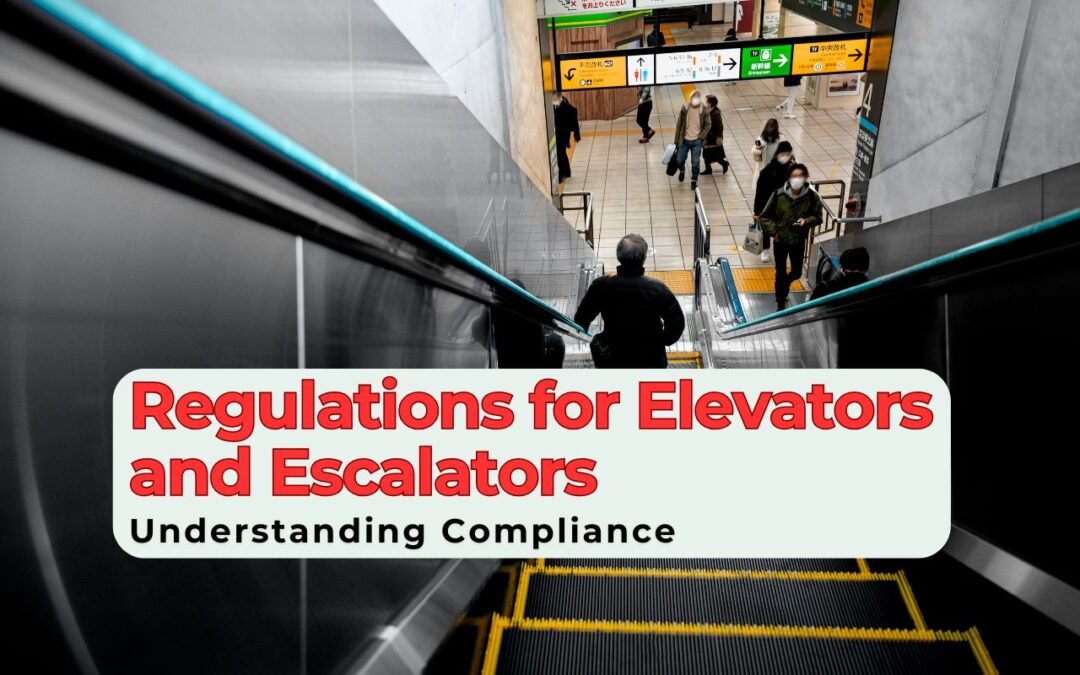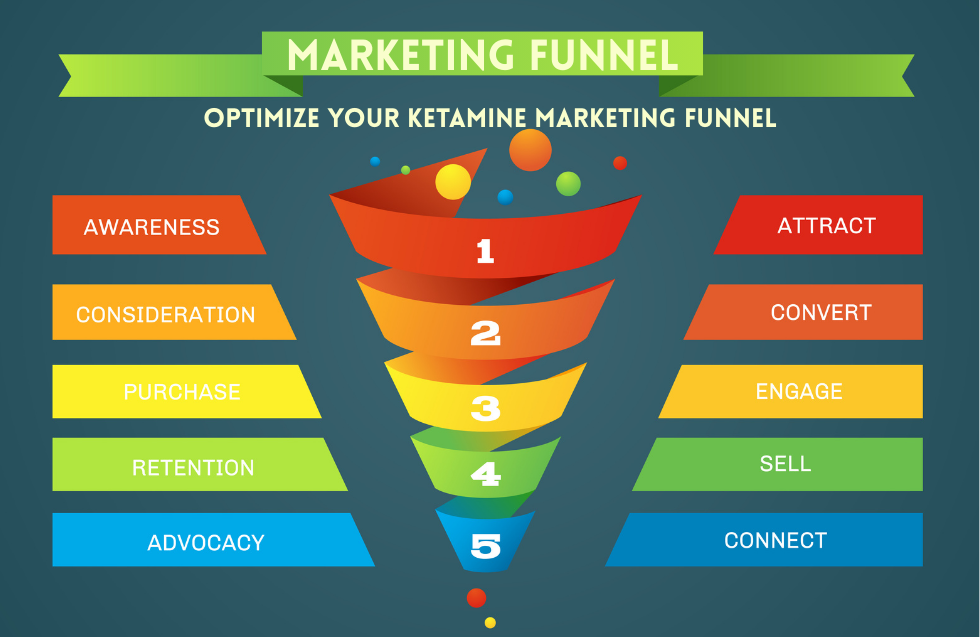Every day we use elevators and escalators- at malls, in offices, and in apartment buildings- without a second thought regarding how they function, or who is responsible for ensuring they operate safely. There is a lot that occurs behind the scenes to guarantee elevators and escalators function appropriately and safely, for all parties involved- from riders to owners.
This is clearly where an understanding of elevator and escalator regulations comes into play. Regulations provide a means of identifying risks to the public and providing a means to ensure elevators and escalators are operated properly, as well as providing some degree of assurance to owners from liability resulting from injuries and accidents involving elevators and escalators.
The Laws You Should Know (especially in India)
Different countries (and different states in India) have different regulations about elevators and escalators; however, there are some important regulations you should note:
1. The Lifts and Escalators Act (India)
This act is the umbrella legislation containing elevator and escalator safety laws in most Indian states. It covers everything from permits to inspections.
2. Tamil Nadu Lifts and Escalators Rules, 1997
This is a rule book in Tamil Nadu to govern how the lifts are installed, maintained, and accepted or certified. Maharashtra and Karnataka have similar rule books of their own.
3. IS Standards defined by BIS (Bureau of Indian Standards)
There are some standards applicable to the elevator and escalator industry, including the IS 14665 for electric elevators and IS 4591 for escalators. These standards provide evidence for a variety of design, safety, and performance matters.
Important Rules That Building Owners and Residents Should Remember
Whether it is your home, apartment, or office building, in terms of elevator and escalator compliance, here are some of the most important things to keep in mind:
✔ Get the Right Permits
You can’t install a lift without a go-ahead from your local lift inspector. Permits are essential.
✔ Safety Equipment is Required
All emergency brakes, speed governors, and auto-rescue systems are not options; they are life-saving systems meant to preserve life in the event of power failure or mechanical failure.
✔ Regular Inspections
Yearly inspections are not optional. Authorities check from wiring to weight limits, and only then grant a fitness certificate.
✔ Load Signage and Emergency Info
All lifts should prominently show the number of individuals or maximum weight they can carry, along with a helpline or emergency number.
✔ Maintenance is the Key
Regular Annual Maintenance Contract (AMC) with a certified organization keeps your lift in prime condition.
Apartment Elevator Rules Living in an apartment?
And here are a few more things to be cognizant of:
- Any building with more than four floors must have a minimum of one serviceable elevator.
- Lifts must be accessible for the physically challenged (according to the RPWD Act, 2016).
- Power backup is indispensable to prevent people from being trapped during a power cut.
- The majority of state housing departments release an apartment lift rules PDF that explains these details in layman’s terms.
What About Escalators?
Escalators in shopping malls, stations, and airports also have their own safety checklists:
- The handrails must be operable at the speed of the steps.
- Skirt brushes help stop people from being caught in a clothing or shoe trap.
- Color-marked steps help passengers see where to safely stand.
- Emergency buttons must be located at both ends.
- Escalators, like elevators, must be routinely checked and certified for safe public use.
Standards to Keep Things Up to Code
Whether you’re following Indian or global guidelines, here are some standards that help define how lifts and escalators should be built and maintained:
Standard What It Covers:
- IS 14665 Design & safety of electric lifts
- IS 15330 Hydraulic lift specifications
- EN 81 (Europe) General safety requirements for elevators
- ISO 25745 Energy performance standards
Adhering to those ensures your systems remain legal and energy efficient.
How to stay within the regulations
Here are a few simple ways to be compliant without being bogged down:
- Have all your documentation – installation approvals, inspection reports, and maintenance documentation – on hand.
- Train your staff in what to do during emergencies or power outages.
- Older lifts should be updated – many older lifts break current safety standards.
- Keep abreast of rule changes – state rules, such as the Tamil Nadu Lifts and Escalators Rules, 1997, can be amended periodically.
FAQs – Quick Answers to Common Questions
1. Do I really have to register a lift with the government?
Yes, all lifts must be registered and subsequently certified for public use by the state lift inspector.
2. How often are lifts to be inspected?
At least annually. In busy buildings, more frequent inspection might be necessary.
3. May escalators be installed in housing complexes?
Not typically. Escalators are designed for busy public areas and not residential spaces.
4. Is backup power required for lifts in apartments?
Yes, it’s mandatory in most states to secure safety during power outages.
5. Where do I find official rules?
Look up your state housing department’s website for the Lifts and Escalators Act or Apartment Lift Rules PDF.
6. What happens if I break these rules?
You could incur legal sanctions and fines, or worse, preventable accidents.
Wrapping It Up
And there you have it compliance rules for elevators and escalators aren’t only about complying. It is about saving lives, tracking breakdowns, and having safe, smart buildings. Whether you are a tenant, property owner or have a new build being constructed, adherence to lift regulations and guidelines should help you avoid those unnecessary headaches in your future. Always check local laws, ensure that you have your equipment well maintained, and use licensed personnel when you upgrade or install any work.













